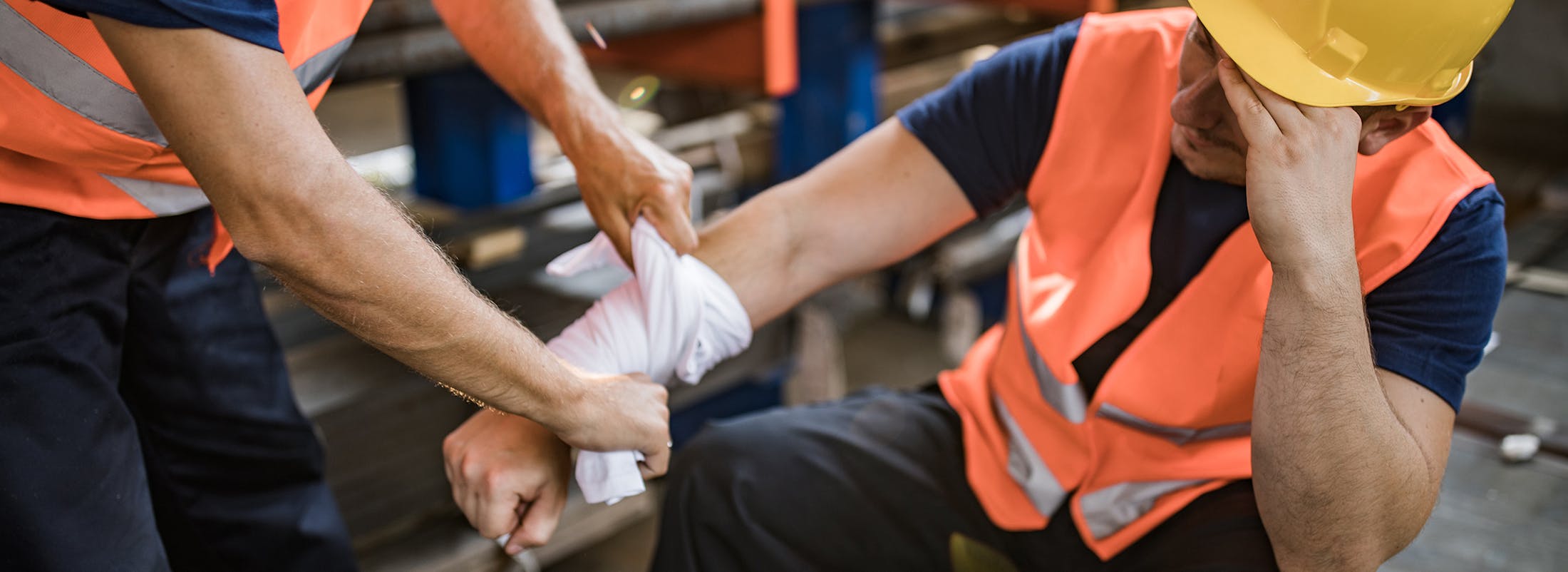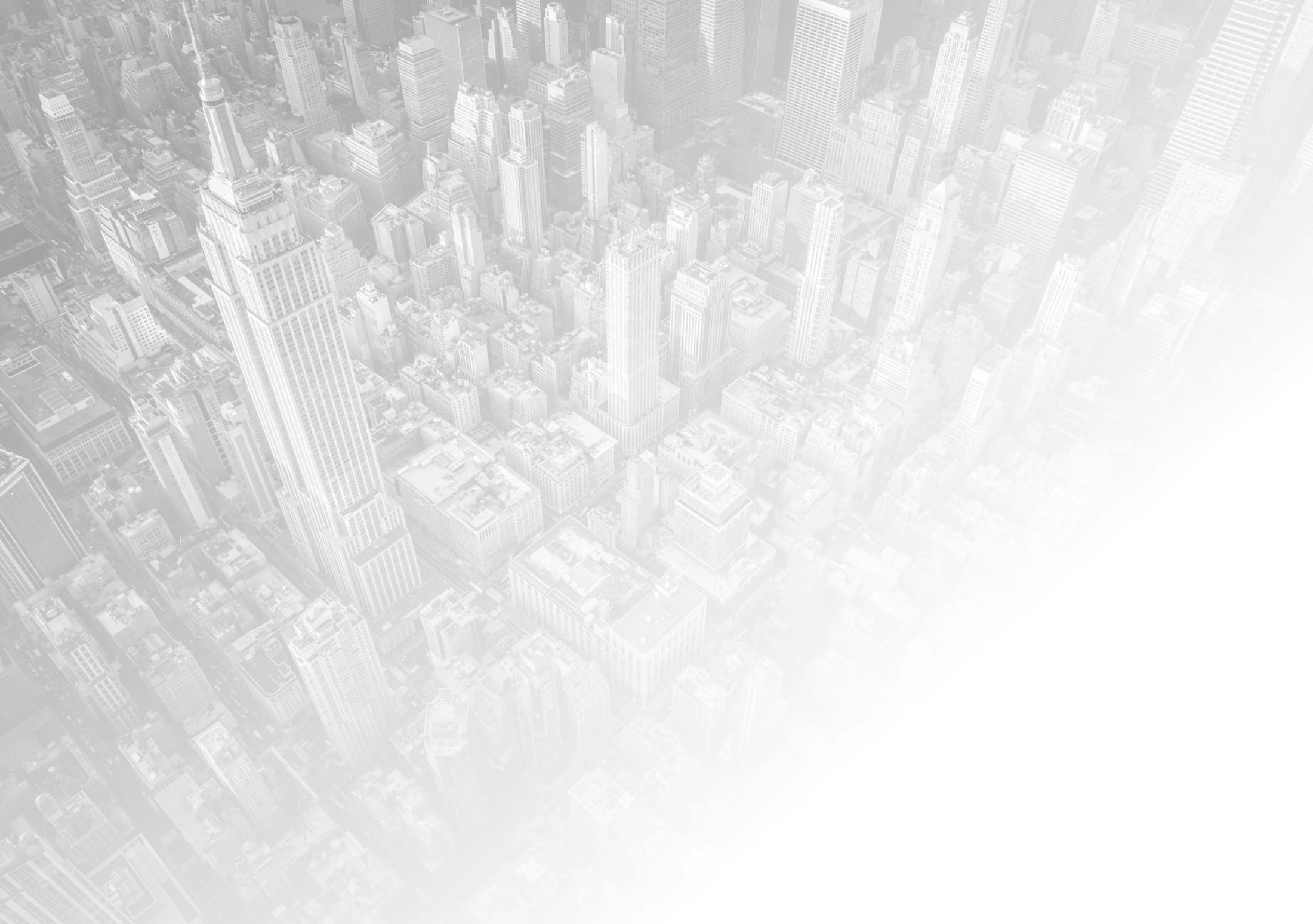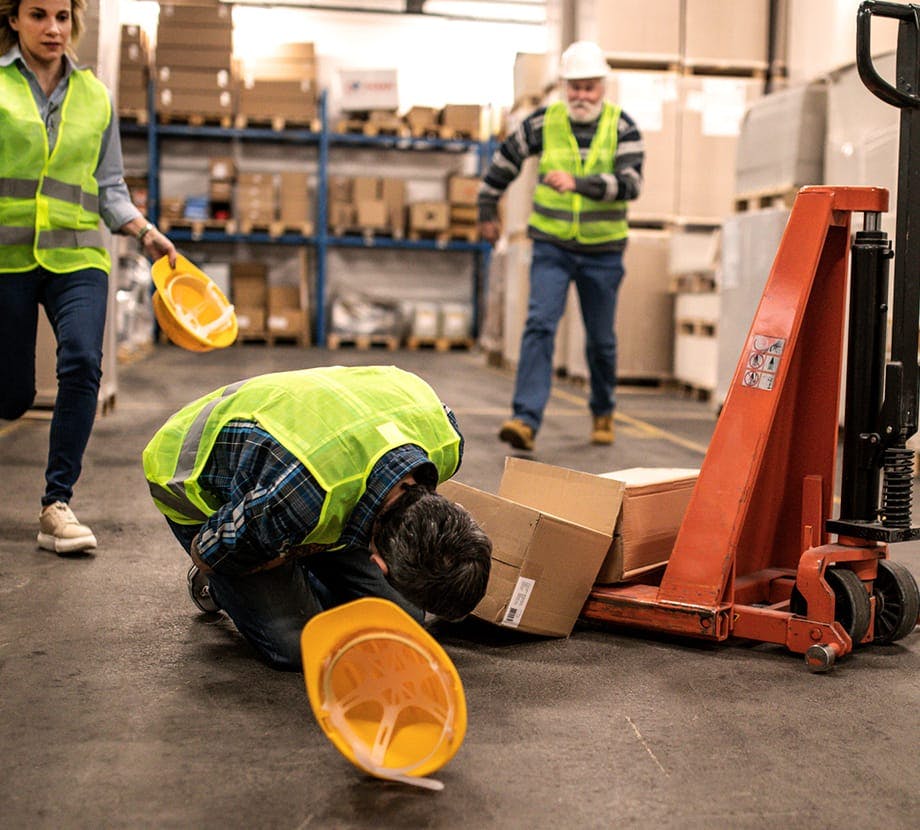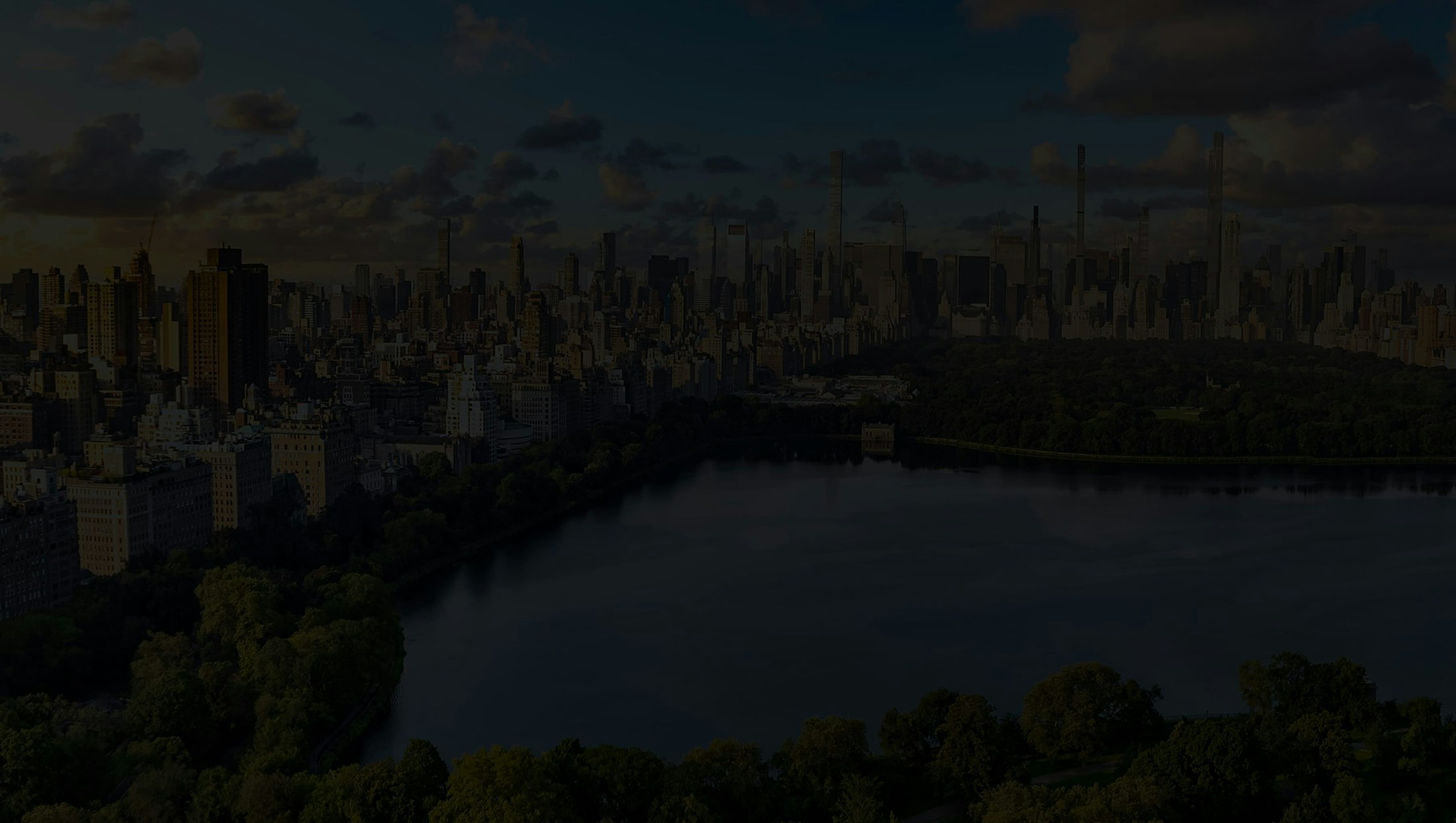Common Law Negligence Claims
Utility workers can pursue third-party negligence claims against entities such as subcontractors, property owners, or equipment manufacturers whose careless actions or defective products contributed to their injuries. These claims can result in large compensation for pain and suffering, lost earnings, and other damages beyond what workers’ compensation covers.
Knowledge of how these laws intersect is vital to maximizing financial recovery.






